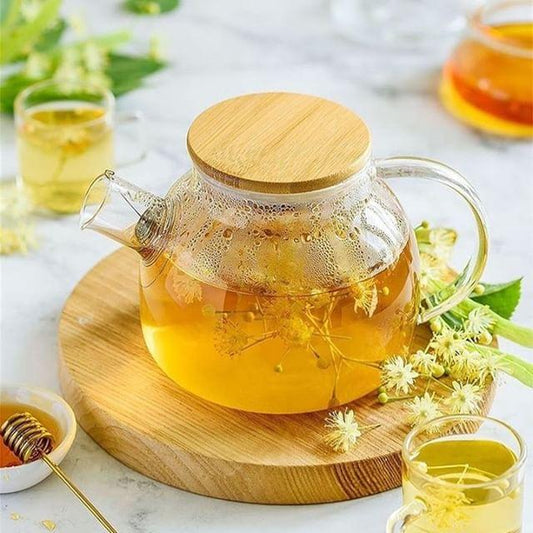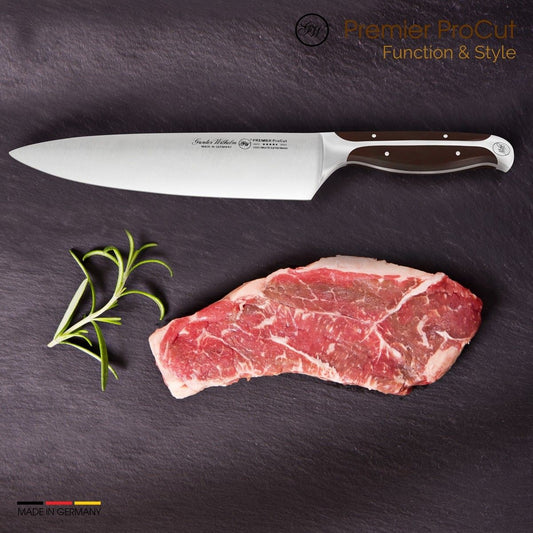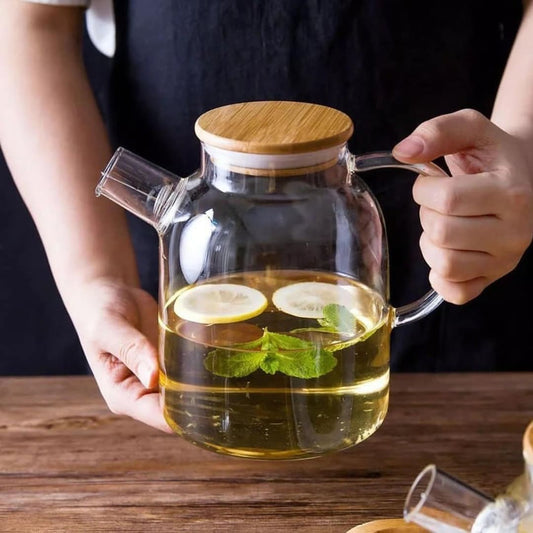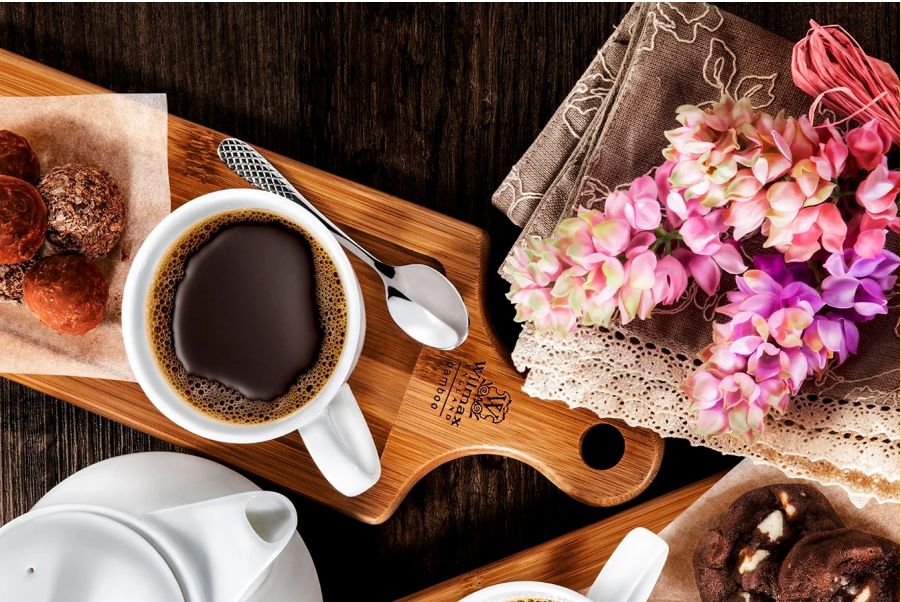Smoke & Citrus: The Surprising Flavor Pairing Taking Over Modern Menus

Why chefs are mixing campfire depth with bright acidity — and how the trend is igniting palates around the world.
Somewhere between the ember and the orange lies the next big culinary obsession: smoke and citrus. Once considered polar opposites — one earthy and primal, the other fresh and zesty — these two flavors are now joining forces on menus from Los Angeles to Lisbon. Together, they create a harmony of contrast: the deep, slow burn of smoke balanced by the snap and sparkle of acid. It’s rustic and refined at once — the new flavor of modern sophistication.
🔥 The Birth of a Flavor Power Couple
The idea of pairing smoke and citrus isn’t entirely new — think grilled fish with lemon, mezcal with lime, or smoked salmon with dill and lemon zest. But what’s happening now is more deliberate, more artistic. Chefs are treating smoke and acid not as accents, but as co-stars. They’re smoking citrus peels, torching fruit segments, and using charred wood to add depth to otherwise bright dishes.
“It’s the perfect marriage,” says chef Arturo Mendes of Barcelona’s Brasa y Bruma. “Smoke adds nostalgia — warmth, memory — while citrus brings clarity and energy. One grounds the other.”
🍊 From Fire to Fruit: A Global Movement
In Tokyo, chefs are cold-smoking yuzu to create fragrant oils that drizzle over sashimi. In Mexico City, grilled lime halves are served alongside carnitas to release smoky acidity with each squeeze. Meanwhile, fine dining kitchens in New York are torching grapefruit, smoking orange juice, and adding burnt lemon to vinaigrettes — building layers of contrast into familiar flavors.
Even desserts are getting the treatment. Smoked lemon curd, charred orange panna cotta, and burnt grapefruit sorbet are redefining sweetness through complexity. The goal isn’t shock value — it’s balance: a smoky whisper that lingers beneath the brightness.
🥂 Cocktails Join the Fire
Behind the bar, mixologists have fully embraced the trend. The Smoked Margarita and Charred Citrus Negroni are now staples in high-end cocktail programs. Bartenders are torching citrus peels to release essential oils, infusing syrups with smoked salt, and pairing mezcal with grilled pineapple juice for depth and sweetness.
The star ingredient? Smoked citrus syrup — made by caramelizing citrus peel, smoking it lightly, then steeping it in sugar water. The result is a cocktail base that tastes like a campfire kissed by sunshine.
🌍 The Psychology of Flavor Contrast
Our brains crave contrast. That’s why salted caramel works — and now, why smoke and citrus are having their moment. The smoky element taps into nostalgia, primal comfort, and depth, while citrus wakes up the palate and refreshes the senses. Together, they create what food psychologists call “flavor equilibrium” — a perfect tension between indulgence and freshness.
The sensory effect is powerful: one bite feels warm, the next cool; one sip feels heavy, the next cleansing. It’s not just taste — it’s rhythm.
🔥 Smoke & Citrus Across the Menu
- Smoked Citrus Butter: Melted over seafood or grilled vegetables for a velvety, aromatic finish.
- Charred Orange Glaze: Used on duck, pork belly, or roasted carrots for sweet-acidic depth.
- Burnt Lemon Aioli: A tangy, smoky dip redefining fried snacks and grilled proteins.
- Smoked Grapefruit Spritz: A summer cocktail blending Aperol, prosecco, and fire-roasted grapefruit.
These aren’t gimmicks — they’re the evolution of balance. As diners grow more sophisticated, they crave dishes that surprise but still comfort. Smoke and citrus deliver both — familiar yet new, ancient yet contemporary.
🌫️ The Future of Fire & Freshness
The next phase of this movement is likely to go beyond taste and into sustainability. Chefs are experimenting with repurposing citrus peels for smoking, using fallen wood from local orchards, and incorporating smoke flavoring from herbal sources like rosemary or thyme rather than traditional hardwoods. It’s not just about flavor — it’s about eco-conscious creativity.
Expect to see more “cold smoke” desserts, fermented citrus sauces, and wood-fired fruit garnishes as restaurants continue to experiment. The message is clear: the best meals in 2025 won’t be defined by sweet or sour — but by how they balance fire and brightness.
A little smoke, a little sunshine — the new recipe for modern indulgence.
Share:





